1. Four Loko (Original Formula)
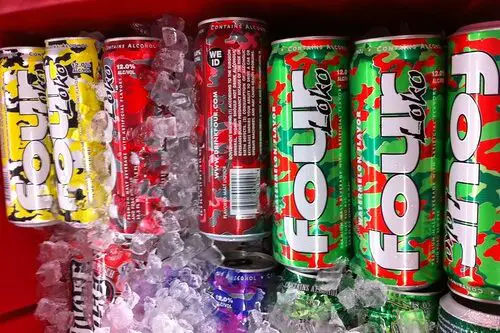
Before it was reformulated, Four Loko was banned in several states—including Michigan and Oklahoma—due to its dangerous mix of alcohol and caffeine. The original version became notorious for hospitalizing college students, prompting the FDA to issue warnings about caffeinated alcoholic beverages. But even after the ban, the “OG” Four Loko gained a cult following, with some fans hoarding cans or tracking down black-market sources. Its legend lives on through memes and nostalgia-fueled stories.
Meanwhile, states like Nevada and Florida saw a surge in demand after the ban elsewhere. The reworked version—minus the caffeine—never quite captured the same chaotic charm. Some bars even recreated the old formula with DIY mixes, proving that scarcity only fed the obsession. Today, the myth of Four Loko’s original formula has become a party tale in its own right.
2. Kinder Surprise Eggs
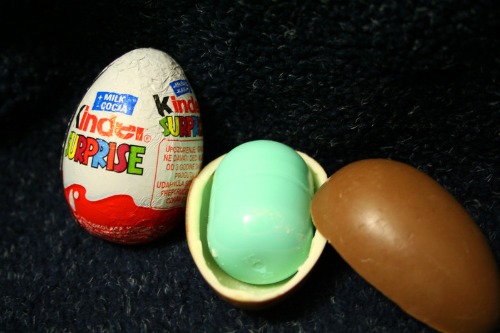
Kinder Surprise Eggs are illegal in the U.S.—thanks to a 1938 FDA rule banning non-nutritive objects inside food—but they’re adored in Canada and Europe. The fear was that children could choke on the tiny toys inside the chocolate shell, despite warnings and child-safe packaging. Americans crossing the border into Canada often make it a point to stock up. Customs even confiscates thousands every year.
That “forbidden fruit” status helped the eggs gain near-iconic status in states like Washington and New York, especially near the border. Social media unboxings and smuggling tales only grew the hype. Fans organize Kinder trades, and collectors value rare toys like action figures or themed characters. The FDA did eventually allow a modified version, Kinder Joy, but purists know it’s not the same.
3. Raw Milk
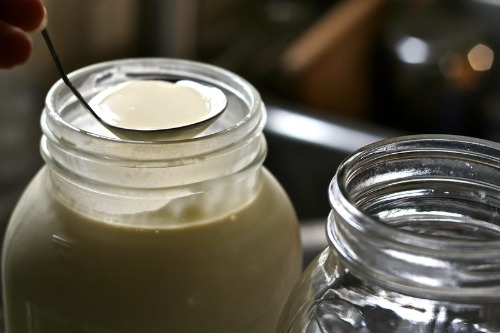
Raw (unpasteurized) milk is banned for retail sale in over 20 states due to health risks, including Michigan and Iowa. The FDA warns against it because it can carry bacteria like salmonella and E. coli. But that hasn’t stopped passionate advocates from seeking it out—especially in states where it’s legal, like California and Pennsylvania. Some believe it tastes better, is easier to digest, or has more natural nutrients.
In those pro-raw-milk states, it’s almost like a wellness trend. Co-ops and farmshares sell out regularly, and some consumers travel hours to pick it up. Farmers’ markets even have waiting lists. It’s banned in some places for safety, but elsewhere, it’s a near-religious health ritual.
4. Foie Gras
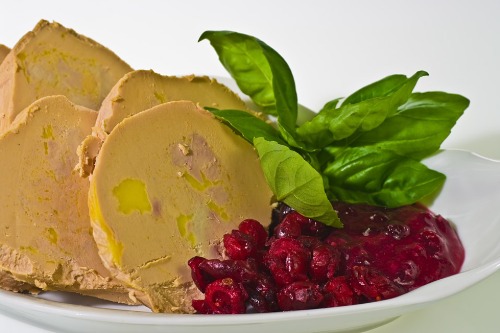
California banned foie gras in 2012, citing animal cruelty related to the force-feeding process used to enlarge duck or goose livers. Animal rights groups pushed for the ban, and enforcement included restaurants being fined or raided. But across the country in New York—until recently—it became a delicacy for foodies and fine dining lovers. The ban only made it more sought-after in black market pop-ups and underground supper clubs.
Meanwhile, Chicago also banned it briefly in 2006, which only made locals more determined to eat it. Chefs treated the ban like a challenge, sneaking it into menus under aliases. In states where it’s legal, foie gras is now a culinary status symbol. Controversial? Absolutely—but undeniably loved by its fans.
5. M-80 Fireworks

M-80s have been federally banned for consumer use since 1966, but they remain illegal in nearly all states due to their explosive power. That hasn’t stopped die-hard fans from hunting them down in states with looser laws—or from underground sources. Originally designed for military training, these tiny sticks pack a serious punch. Some states, like South Dakota and Missouri, are known for their lenient fireworks laws.
That’s led to a kind of fireworks tourism, especially around the Fourth of July. People cross state lines, stock up, and bring them home despite hefty fines. Collectors and thrill-seekers see M-80s as the “forbidden fruit” of pyrotechnics. And yes, there are entire YouTube channels devoted to detonating them in slow motion.
6. THC Gummies
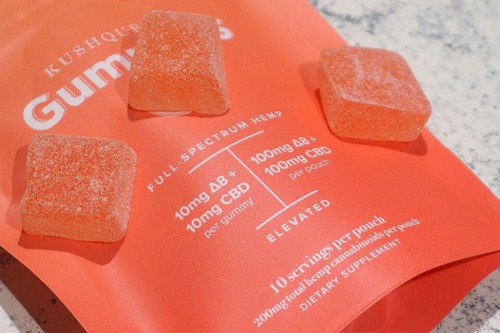
Cannabis edibles, including THC gummies, remain banned in some conservative states like Idaho and Nebraska. Even in legal states, there are limits on shape and marketing to avoid appealing to children. But in states like Colorado, California, and Oregon, THC gummies have exploded in popularity. They’re discreet, flavorful, and often marketed like high-end candies.
This created an entire culture around “edible tourism.” Visitors stock up and rave about the potency and variety back home. Underground reselling even exists in non-legal states, with brands gaining cult status through word-of-mouth. The contrast between legality and demand just adds to their allure.
7. Flavored Vapes
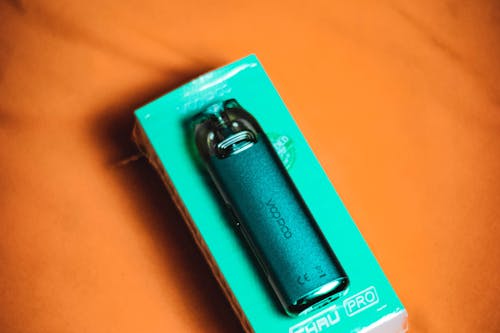
Flavored e-cigarette pods were banned in states like Massachusetts and New York due to concerns about youth vaping. The fruity and dessert-like flavors were said to appeal to teens, prompting strict regulations. But in states like Florida and Texas, flavored vapes never left the shelves. Retailers there saw a huge boost in sales from out-of-state buyers.
Some vape shops even advertise “flavor freedom” as part of their brand. Online forums help users figure out where and how to get the banned varieties. Flavors like mango, blue razz, and crème brûlée have developed cult-like followings. In vaping communities, these banned flavors are almost sacred.
8. Slot Machines

Traditional slot machines are banned in states like Utah and Hawaii, which prohibit all forms of gambling. But in Nevada, obviously, they’re more than legal—they’re cultural institutions. People from neighboring states often travel just to get their fix, treating Las Vegas like a playground. It’s not just casinos, either—you’ll find slots in grocery stores and airports.
This has made Nevada a magnet for slot machine enthusiasts. There are even collector communities that seek out rare or retro machines to own or restore. In contrast, Utah’s strict anti-gambling laws have pushed some residents to take regular trips across state lines. It’s the thrill of what you can’t have—until you cross that border.
9. Absinthe (Pre-2007 Formula)
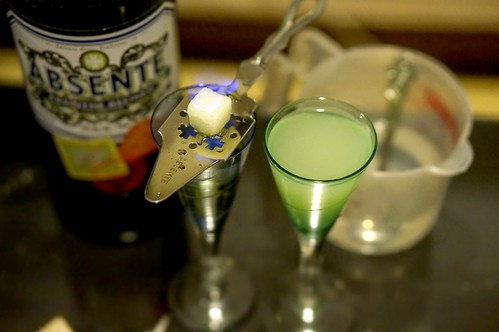
Absinthe was banned in the U.S. for nearly a century, largely because of myths about hallucinations and its supposed link to madness. Even after the ban was lifted in 2007, only versions with less than 10 parts per million of thujone (its “dangerous” compound) are allowed. But in parts of Europe, like France and Switzerland, the real deal never left. U.S. travelers returning from abroad often bring it back as a prized souvenir.
Before legalization, certain states like Oregon had a small but passionate absinthe subculture. Speakeasies and distilleries tried to recreate the spirit using legal loopholes. Now, vintage absinthe brands like Pernod and Lucid have a loyal following among cocktail purists. The mystique of the “green fairy” never really faded—it just went underground for a while.
10. Kratom
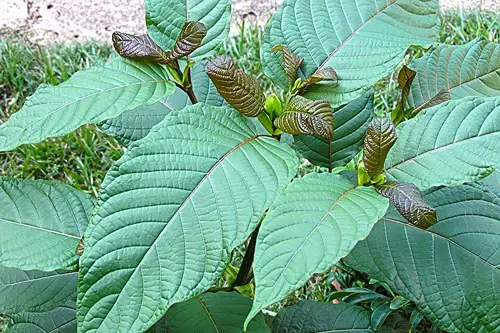
Kratom, a plant-based stimulant from Southeast Asia, is banned in states like Alabama, Arkansas, and Indiana due to concerns over safety and abuse potential. The FDA has warned against it, calling it addictive and potentially dangerous. But in states like Arizona and Florida, it’s sold in gas stations and wellness shops alike. Many users claim it helps with chronic pain, anxiety, or opioid withdrawal.
This has created a divide between prohibition states and kratom “friendly zones.” Online communities rave about specific strains, effects, and vendor reputations. Head shops and specialty tea bars have built cult followings around it. Whether you call it a miracle plant or a public health threat depends entirely on your zip code.
11. Pappy Van Winkle Bourbon
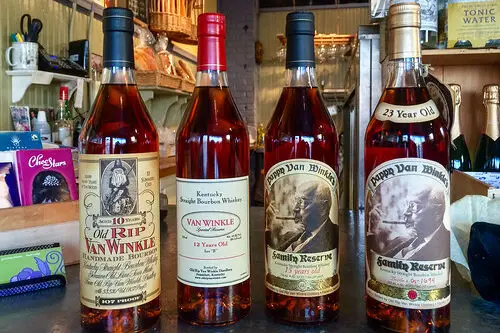
Technically not banned, but so restricted it might as well be—Pappy Van Winkle is one of the rarest bourbons in the U.S. Some states, like Ohio and Virginia, allocate it via lottery systems due to extremely limited supply. That has turned it into a white whale for collectors, with bottles fetching thousands on the secondary market. And yet, in Kentucky, the home of bourbon, it’s treated more like an honored local secret.
Bars in Louisville may actually have a pour available—if you know where to ask. Pappy enthusiasts have forums, Facebook groups, and even trading circles dedicated to finding bottles. Its scarcity has only driven up its cult status, particularly where legal restrictions make it even harder to find. A bottle isn’t just booze—it’s bragging rights.
12. Shark Fin Soup
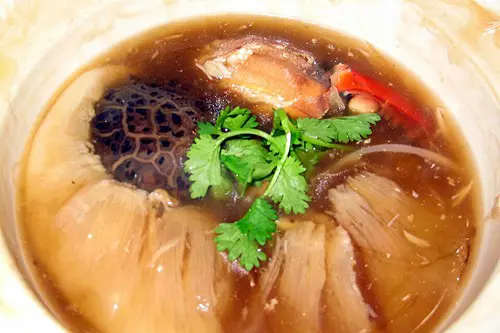
Shark fin soup is banned in states like California, Hawaii, and New York due to concerns about animal cruelty and environmental impact. The process often involves finning live sharks and discarding the rest of the body. But in some southern states with large Chinese immigrant populations—like Texas and Florida—it’s still occasionally found under the radar. Despite bans, the cultural tradition behind it hasn’t entirely disappeared.
Restaurants have faced scrutiny, but some quietly serve it to customers in the know. For many, it represents more than food—it’s a ceremonial dish for weddings or special events. Its scarcity has elevated it to cult status within certain communities. The controversy surrounding it only adds to the mystique.
This post 12 “Banned in One State” Products That Became Cult Favorites in Another was first published on American Charm.


